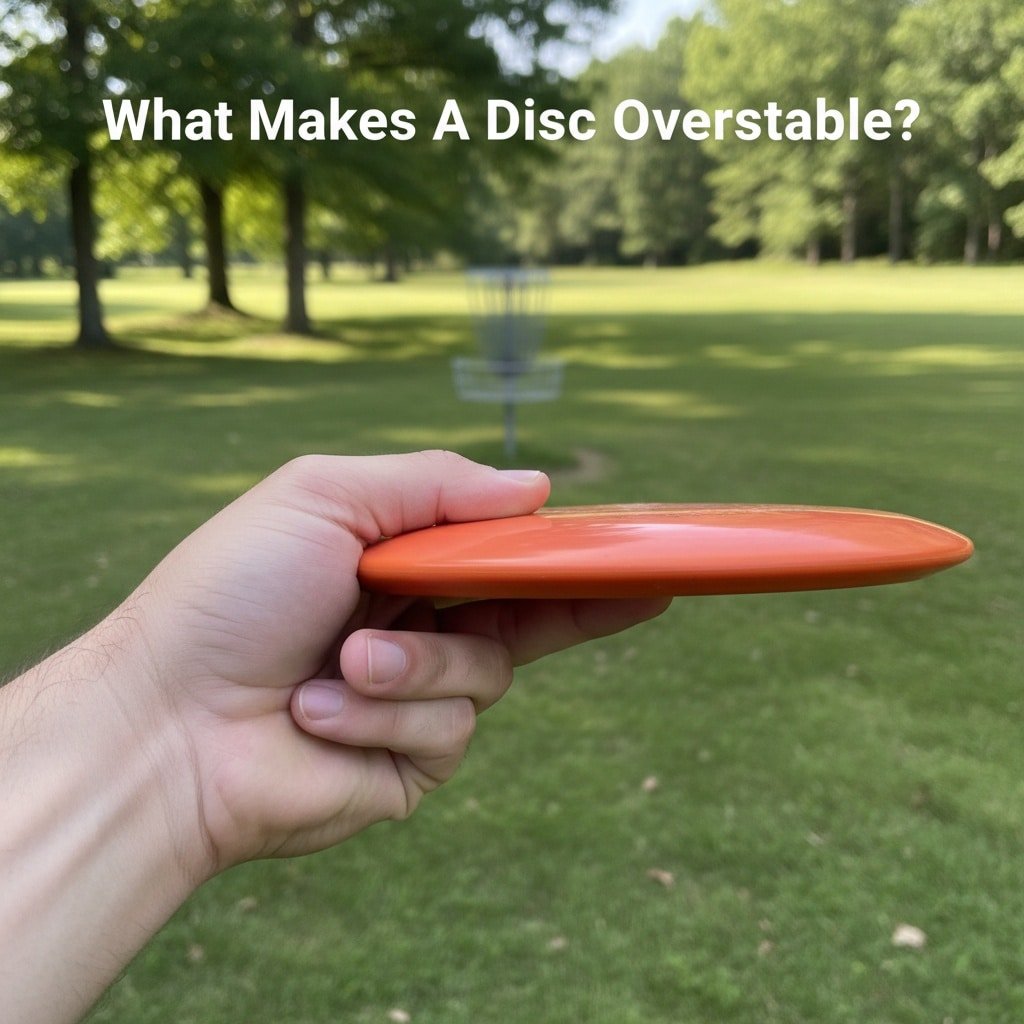
If you’ve ever heard players talk about an “overstable disc” and wondered what that means, you’re not alone. Stability is one of the most important parts of disc golf flight, and understanding what makes a disc overstable can help you choose the right disc for your bag.
What Does Stability Mean in Disc Golf?
Stability describes how a disc flies once it leaves your hand. For a right-handed backhand thrower (RHBH):
- Stable discs fly mostly straight.
- Overstable discs fade left earlier and more consistently.
- Understable discs tend to drift right before fading back.
Every player’s arm speed and throwing style can influence how stable a disc feels, but flight ratings give a useful starting point.
What Is “Turn” in Disc Golf?
Turn is the third number on a disc’s flight rating. It shows how much a disc tends to drift right (for RHBH throws) at high speeds:
- +1 = Very overstable, resists turning over
- 0 = Neutral or stable
- -1 to -5 = Understable, with more high-speed turn
What Does Overstable Mean?
An overstable disc resists turning and finishes with a strong, reliable fade. These discs are designed to handle power without flipping over, making them trustworthy in the wind and on shots that require precision.
What Physical Features Make a Disc Overstable?
Several design factors affect whether a disc is overstable:
- Rim width: Wide-rimmed drivers tend to be more overstable.
- Dome vs. flat: Flatter discs are usually more overstable, while domey discs often glide more and feel less stable.
- Beads: Putters and mids with a bead often fly more overstable.
- Parting line height: As Innova founder Dave Dunipace explains, discs with a higher parting line (the separation line on the nose) are more overstable, while lower lines indicate more understability.
Which Plastics Are More Overstable?
The plastic blend you choose can make a big difference in stability. For Innova discs, the general order from most to least overstable is:
- Champion / Metal Flake
- Star
- XT
- DX and Blizzard
Durability also matters. More durable plastics like Champion stay overstable longer, while baseline plastics like DX beat in quickly and become more understable over time.
When Should You Use an Overstable Disc?
Overstable discs are useful for many types of controlled shots:
- Spike hyzers: Steep angles with a guaranteed fade finish.
- Skip shots: Reliable ground play that skips toward the target.
- Windy rounds: Overstable discs handle headwinds better than understable discs.
- Forehand throws: Extra torque resistance makes them dependable for sidearms.
They’re especially valuable for advanced players with higher arm speeds, since these players can throw with more power without flipping the disc over.
Great Overstable Discs to Try
If you’re looking to add an overstable disc to your bag, here are a few proven options:
Innova Destroyer – A go-to overstable distance driver trusted by many pros.
Discraft Zone – A popular overstable putter for approach shots and forehands.
Innova Firebird – Known for its reliable fade, ideal for forehands and wind.
Innova Wraith – A distance driver with glide, accuracy, and stable control that works well for both forehand and backhand players.
Axiom Envy – Famous for the “holy shot” at Worlds, the Envy is one of the best throwing putters ever, handling both power and touch shots.

Infinite Discs Emperor – A commanding overstable driver with great glide, trusted by many Infinite-sponsored players.
Final Thoughts
To recap, overstable discs resist turning, fade more reliably, and perform best in high-power throws and windy conditions. Design features like rim width, parting line height, and plastic type all influence stability. If you want a disc that won’t flip on you and delivers consistent finishes, an overstable mold is a smart choice.






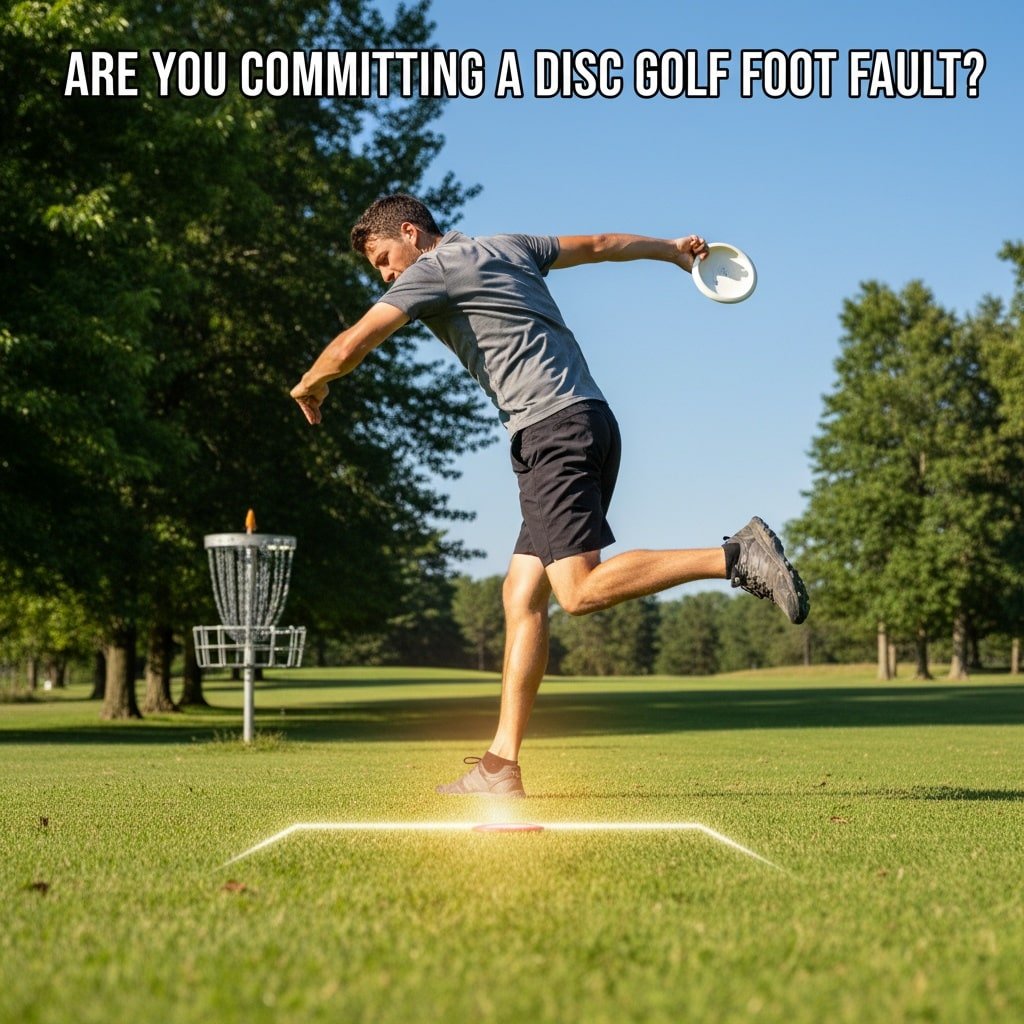

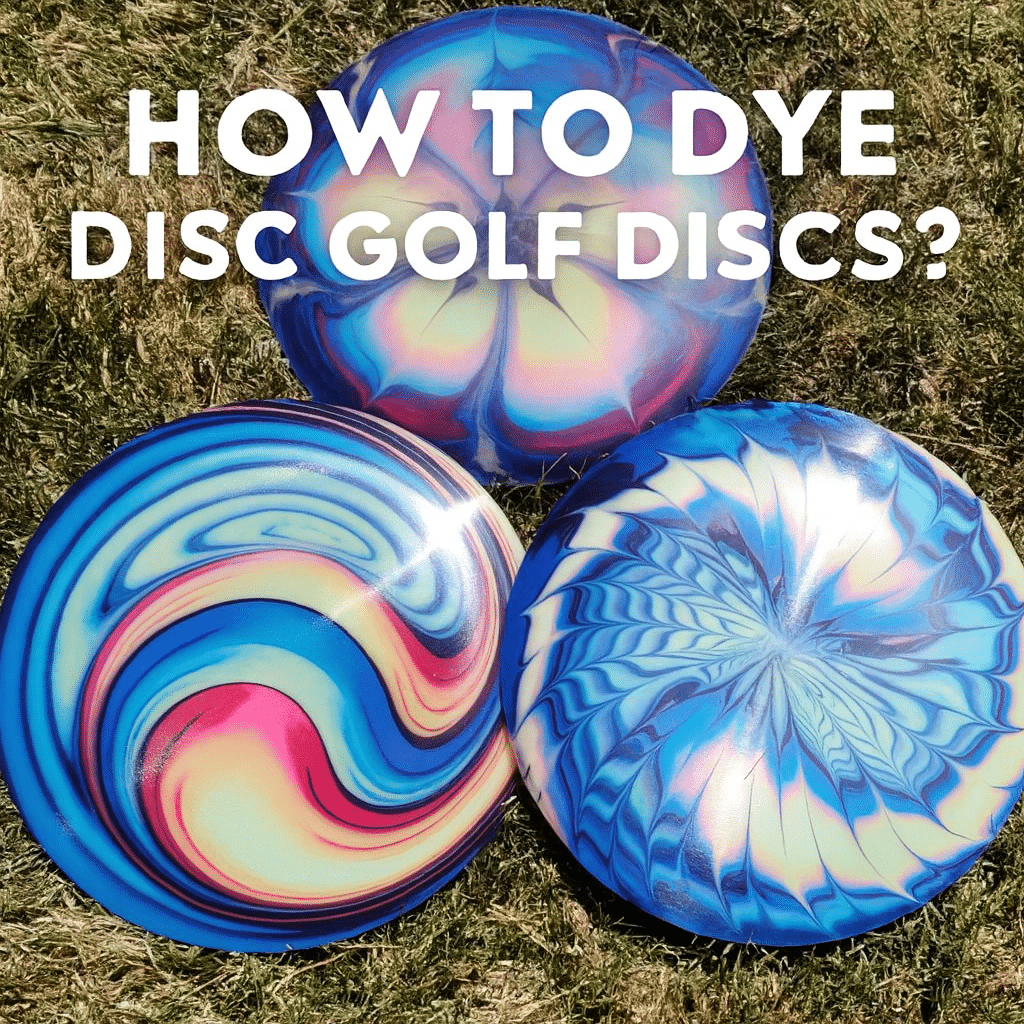

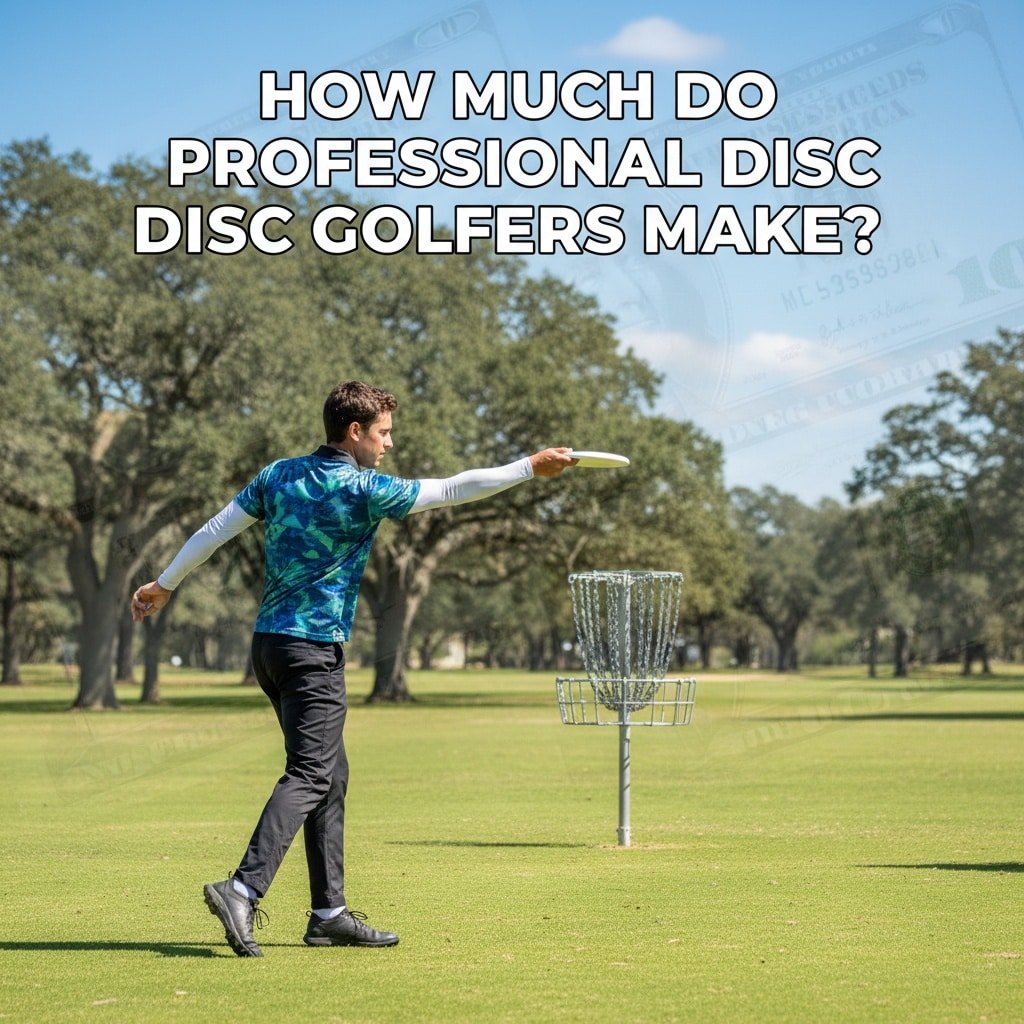


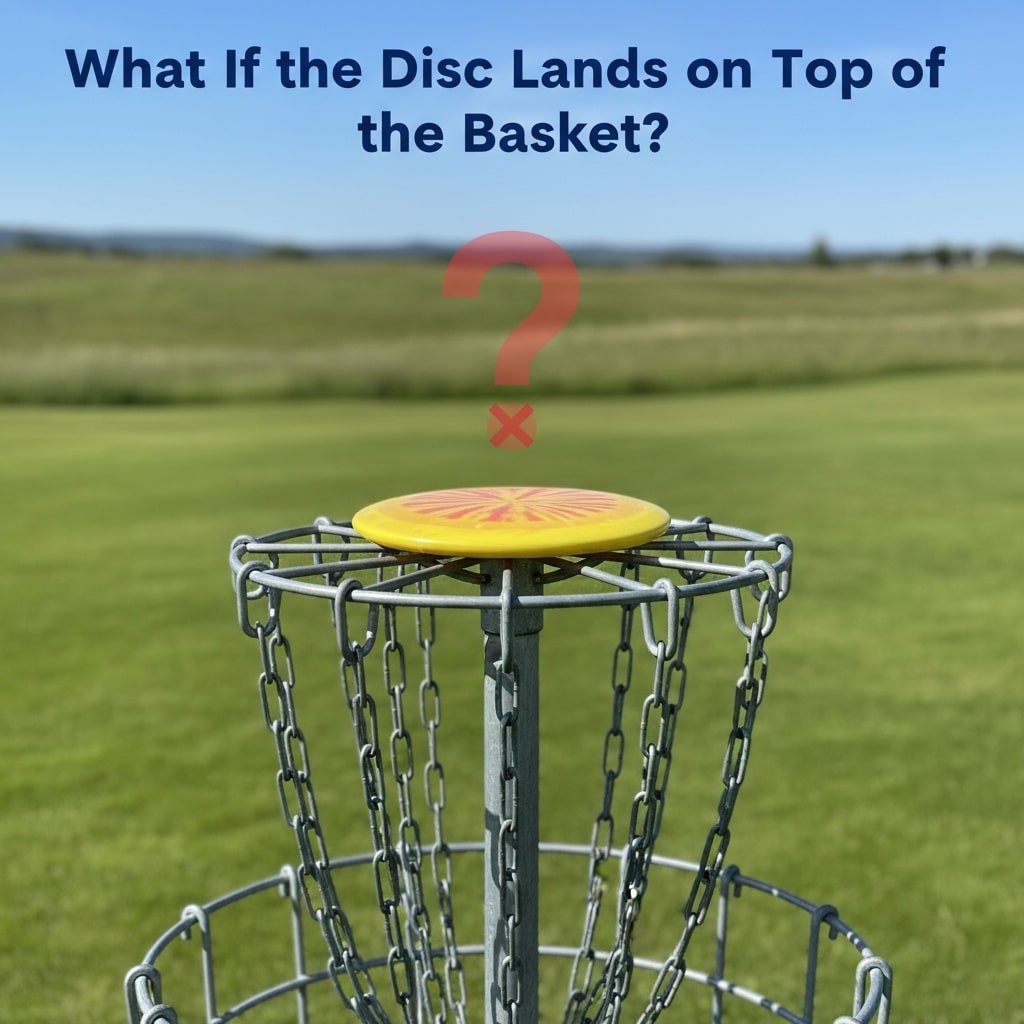
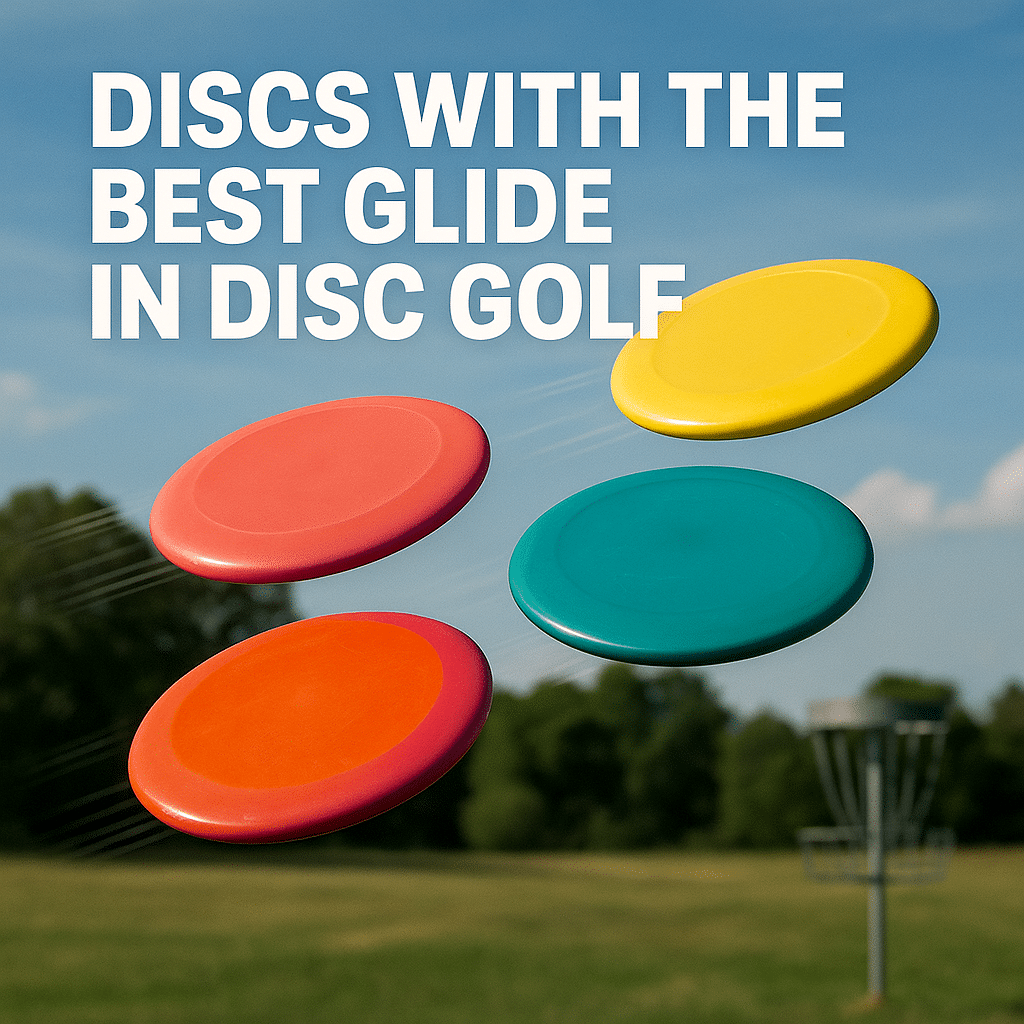

 The
The  The
The  The
The 
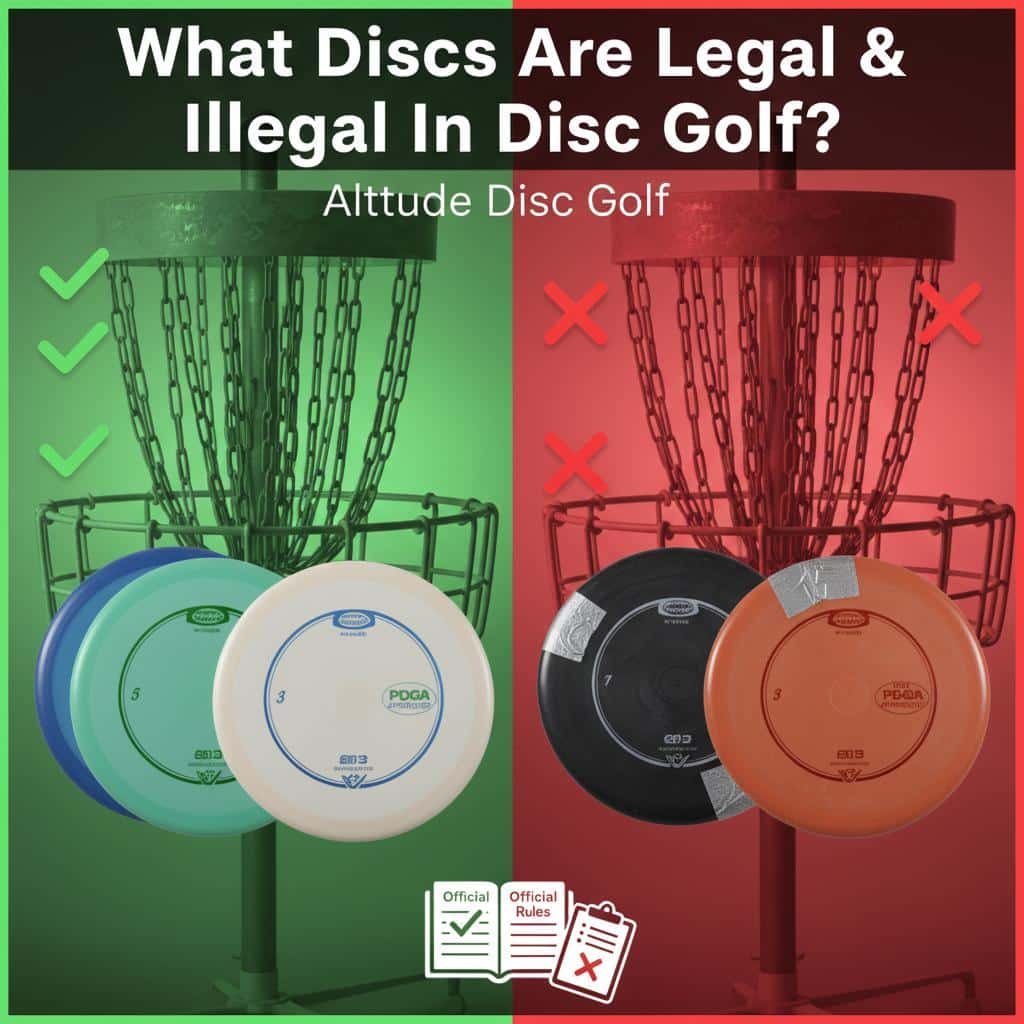
 In competitive play, only PDGA-approved discs are allowed. Manufacturers must submit their molds to the PDGA and pay a certification fee. If the disc passes testing, it becomes approved for sanctioned tournaments.
In competitive play, only PDGA-approved discs are allowed. Manufacturers must submit their molds to the PDGA and pay a certification fee. If the disc passes testing, it becomes approved for sanctioned tournaments.

